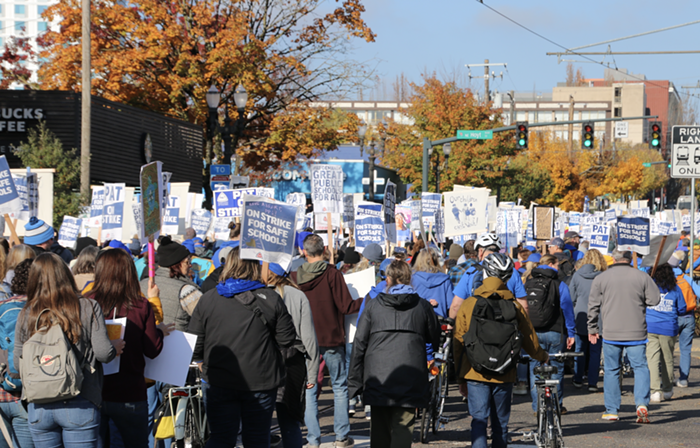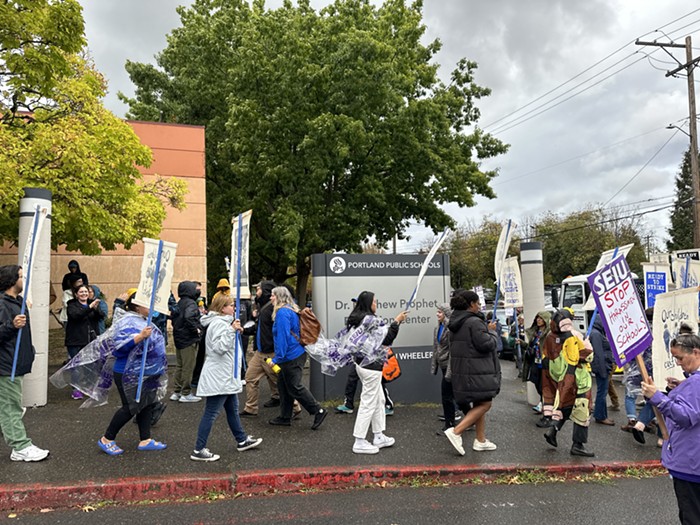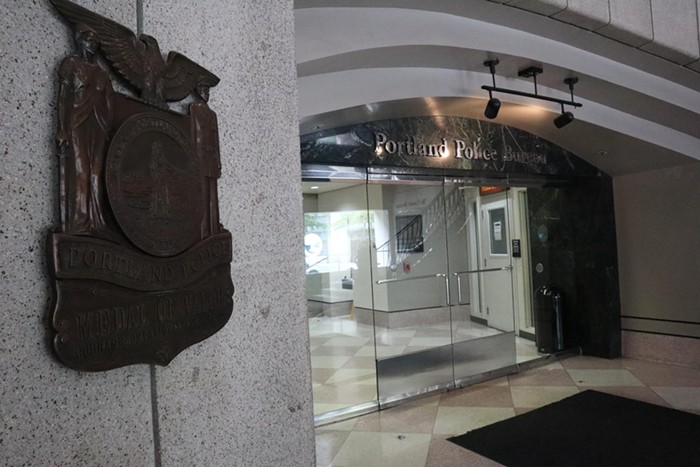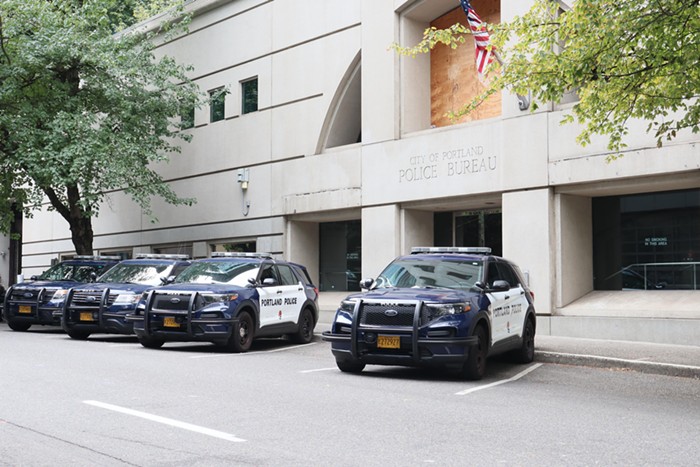Little has changed on quiet SW 47th since Agnes Kovacs and her family moved in over a decade ago—until two years ago, when developers started snapping up properties in the neighborhood, demolishing old houses, splitting lots, and putting up new, larger, more expensive homes on smaller chunks of land.
On Kovacs' block—between homes that have already been torn down and replaced, and lots slated for the same treatment—there will be 10 or 11 large new homes, where there were four modest ones.
"It's like a mini-subdivision on our block right now," Kovacs says. Making matters worse, the changes have blindsided neighbors, since the developers didn't have to follow the standard land division process—which involves public notice—to create more, smaller lots. "On one of the homes there was an orange demolition notice, other than that we had no clue. Practically everything is in the dark."
The reason? Southwest Neighborhoods, Inc. (SWNI) land-use specialist Leonard Gard explained the complicated land-use details, in the July SWNI newsletter: When the neighborhood's land was "platted" or divvied up in the 1800s, the lots were only 2,500 square feet each. But those little lots were bundled together in sets, so homes were built on larger sites—like the 10,000 square foot ones that make up most of Kovacs' block. However, the underlying "skinny lots" still exist, so developers are able to apply for "lot segregation" that effectively divides a 10,000 square foot site made up of four skinny lots, into two 5,000 square foot pairs of lots. Segregating the lots doesn't require public notice.
Kovacs and her neighbors sent a letter—titled "Redevelopment by a Thousand Cuts"—to city commissioners and the Bureau of Development Services, asking for a moratorium on the lot segregations, so neighbors can discuss the situation with the city and come up with solutions. They're worried that the sudden and large-scale development will have a negative impact on their neighborhood, by eliminating trees or overburdening the stormwater drainage system (which, they say, already has trouble dealing with runoff). The Ashcreek Neighborhood Association also sent a letter to the city, backing up the neighbors and questioning the demolition of relatively affordable homes.
"We want to know why this is happening and how it's happening and if we can do better," Kovacs explains. Though neighbors are in discussions with the city following their May 18 letter, "so far nothing has happened to address our legitimate concerns."


















